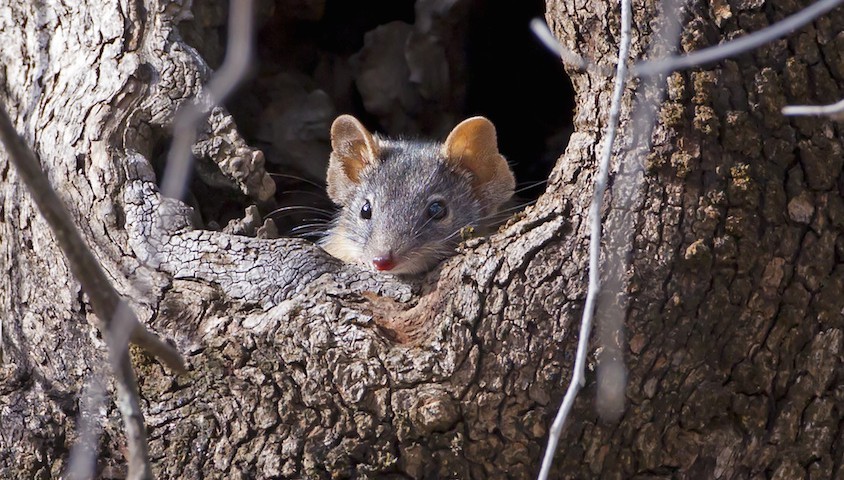New research from The University of New England examines what triggers small marsupials like fat-tailed dunnarts and yellow-footed antechinus to slumber through bushfire events.
For many animals, bushfire detection means making a swift getaway, but a few small marsupials are known to hide underground in a state of deep sleep, or ‘torpor’, but surviving such a scenario carries a wealth of risks.
“We were interested in how animals can survive after a fire, when the landscape is often devoid of food and vegetative ground cover”, said Clare Stawski, lead author of the study.
Having noted the species that enter torpor during bushfires – wherein the animal lowers its body temperature and lowers its metabolic rate – Stawski and her team went on to investigate the precise triggers of this behaviour.
The experiments involved capturing wild antechinus and exposing them to a range of situations they may normally experience during and after a fire, including exposure to smoke, ash and charcoal, or reduced food supply. Body temperatures of each individual were monitored throughout.
Each of the scenarios presented to the study animals resulted in a significant drop in body temperature. Different combinations of the conditions produced stronger reactions, with the antechinus spending the longest amount of time in a state of torpor when both ash, charcoal and smoke were present in their enclosure.
In addition, Stawski noticed that the usually nocturnal animals became significantly more active during daylight at the first sniff of smoke. She said, “It is likely that smoke is perceived as a warning signal”, which may allow the animals a chance to seek refuge and improve their chances of survival.
The study, ‘A new cue for torpor induction: charcoal, ash and smoke’ is published in The Journal of Experimental Biology


